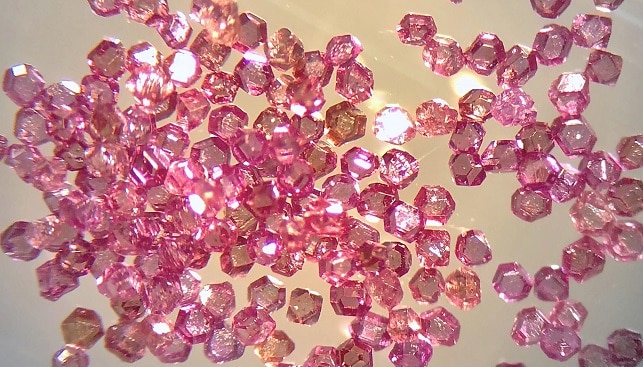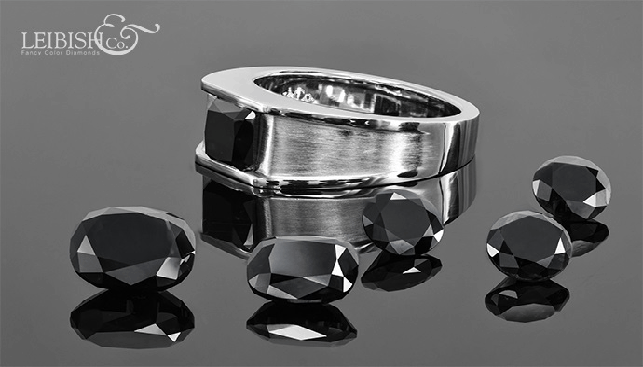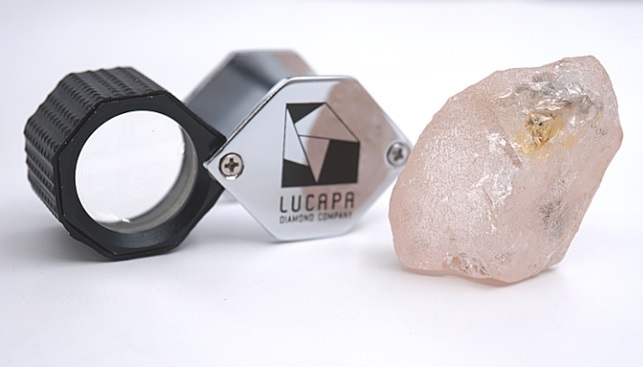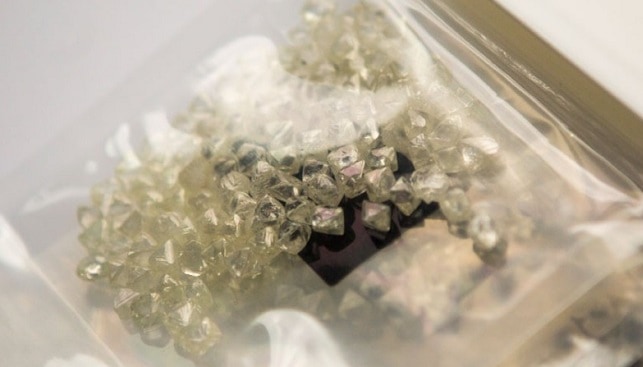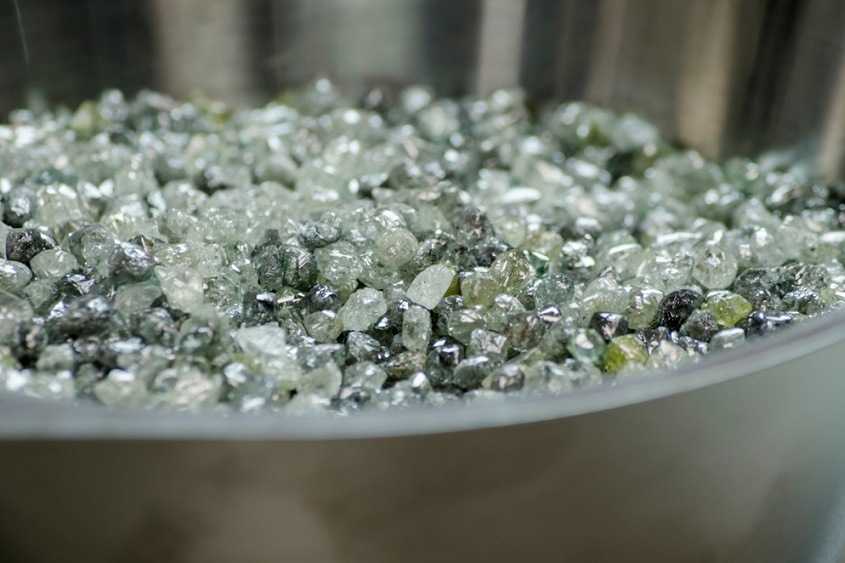A new technique using diamonds, developed by scientists at the Department of Energy’s Lawrence Berkeley National Laboratory (Berkeley Lab) and UC Berkeley, could provide a much cheaper alternative to multimillion-dollar medical imaging and drug-discovery devices.
The Secret of Spin Polarization
According to the Berkeley Lab, the team of scientists has discovered a way “to exploit defects in nano-scale and micro-scale diamonds to strongly enhance the sensitivity of magnetic resonance imaging (MRI) and nuclear magnetic resonance (NMR) systems while eliminating the need for their costly and bulky superconducting magnets”. NMR machines are used to examine the atomic-scale structure and chemistry of drug compounds and other molecules.
“No one has ever done this before”, claims Ashok Ajoy, a postdoctoral researcher at the lab and the lead author of the study, “the mechanism that we discovered is completely new”.
The new technique, called spin polarization, enhances and controls the electrons of the diamonds’ atoms. These “hyperpolarized” spins could provide a sharper contrast for imaging than conventional superconducting magnets and “could lead to the direct use of these tiny diamonds for rapid and enhanced biological imaging”.
“Enormous Scientific Implications”
The scientists built a special device for the experiments. At first, they used crystals that measured about 100 microns. After testing, they found that diamonds measuring about 1 to 5 microns performed about twice as well. These tiny diamonds can be manufactured in economical processes by converting graphite into diamond, for example.
Currently, the spin is short-lived, but researchers said they are exploring ways to continuously polarize the samples.
According to Ajoy, “this important discovery in the hyperpolarization of nano- and micro-scale diamonds has enormous scientific and commercial implications”, adding that it could help expand the market for MRI and NMR and “potentially shrink the devices from room-sized to benchtop-sized, which has been the dream from the start”.

